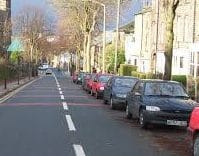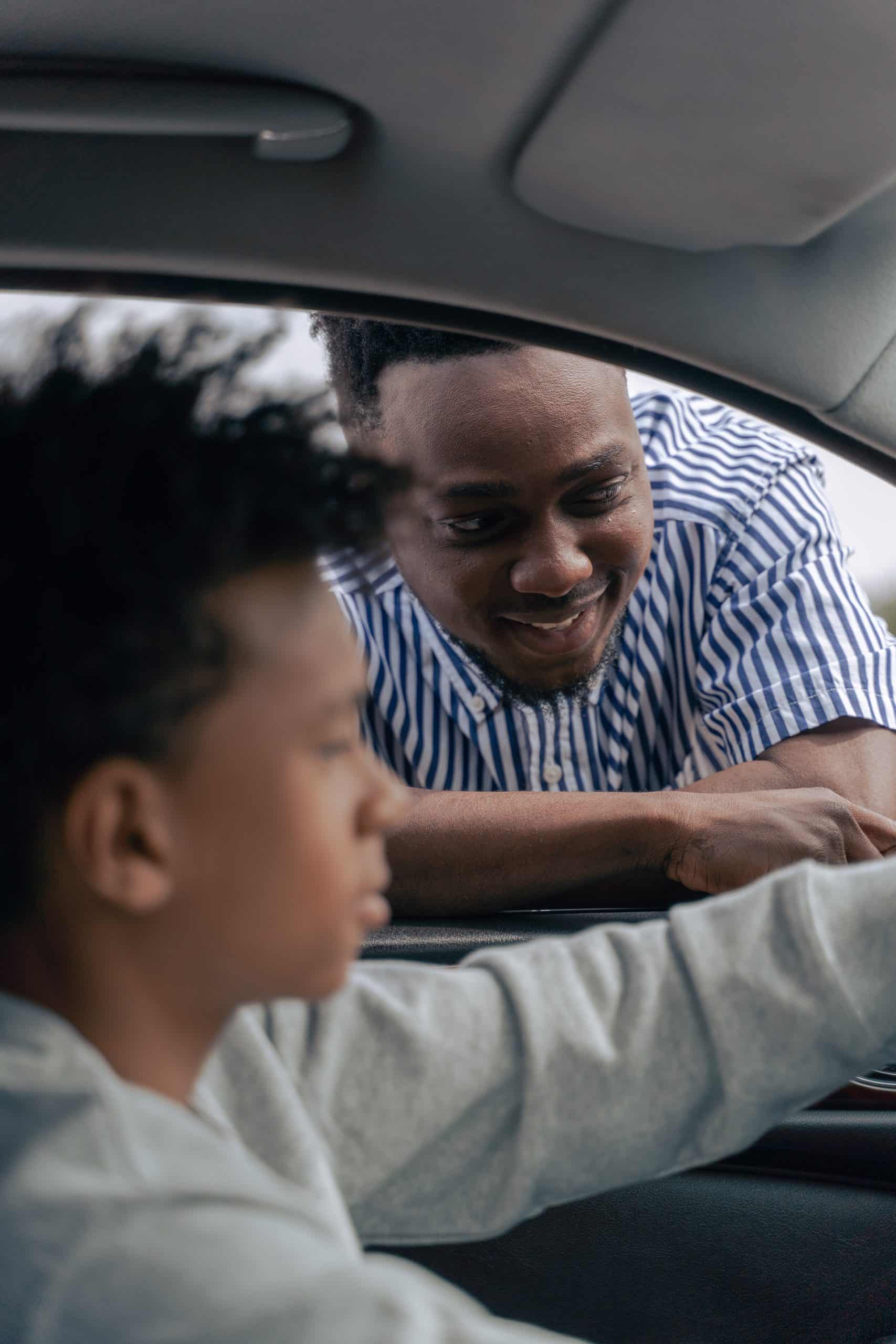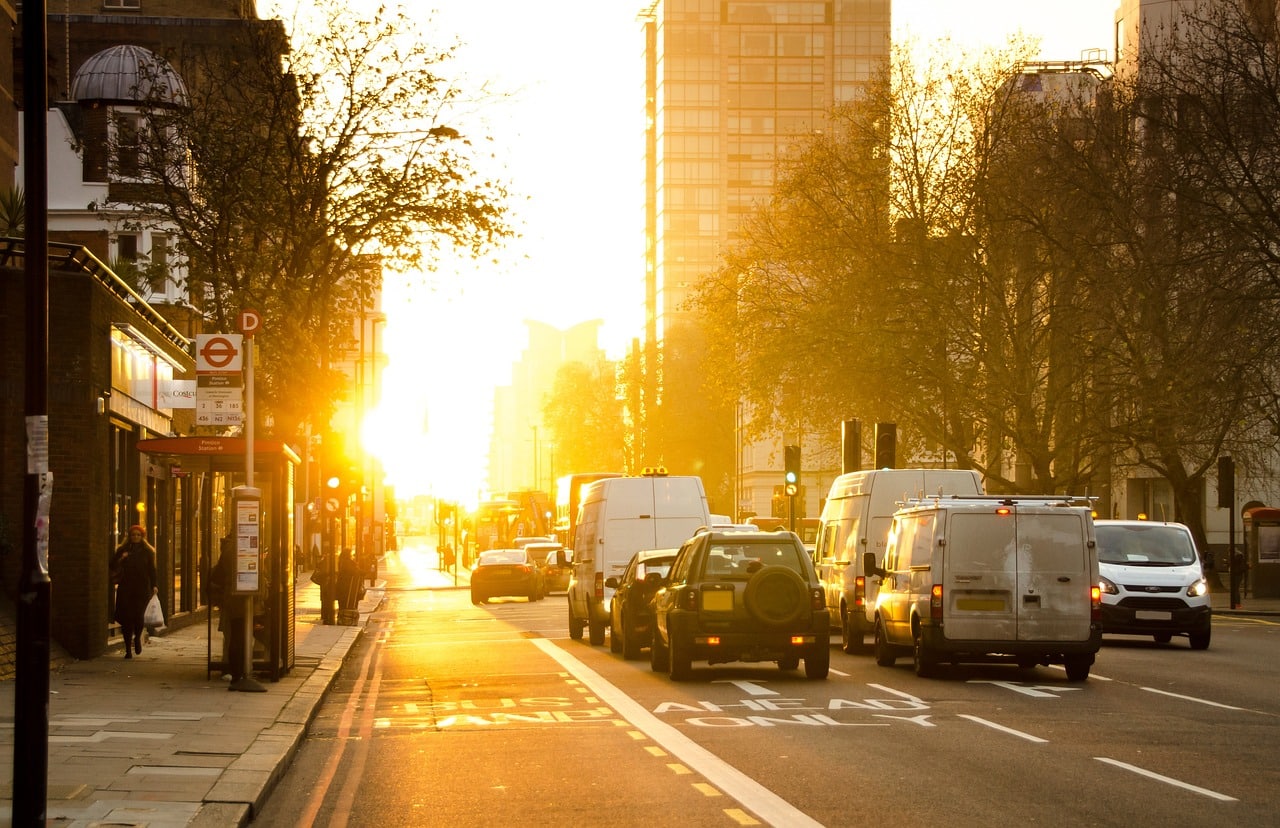
The Purpose
The purpose of pulling up on the right is to allow drivers to safely and efficiently park their vehicle in situations where it is not possible to pull up on the left. This manoeuvre is particularly useful in busy urban areas, where there may be limited space to pull up on the left. During the driving test you may be asked to complete this manoeuvre.
Finding a Suitable Location for Pulling Up on the Right
Factors to Consider When Selecting a Suitable Location for Pulling Up on the Right:
- Safety: The safety of the manoeuvre should be the top priority. Learner drivers should ensure that they are not obstructing the flow of traffic and that they are not putting themselves or other road users at risk.
- Visibility: It is crucial to select a location that provides clear visibility in all directions. This includes the road ahead, behind, and to the sides. Good visibility helps drivers anticipate potential hazards and react accordingly.
- Space: Learner drivers should ensure that there is enough space to pull up safely without obstructing other vehicles. They should look for a large enough area that allows them to get their vehicle straight next to the kerb.
- Traffic: Learner drivers should be aware of the traffic around them and avoid pulling up in a location that could cause an obstruction or hazard to other road users. The road should be relatively quiet, with minimal traffic passing by.
- Road Conditions: Learner drivers should consider the road conditions, such as the surface, gradient, and any potential hazards. The road should be wide enough to allow for the manoeuvre to be completed safely, without obstructing oncoming traffic.
Reversing and Moving Off After Pulling Up on the Right
The steps involved in reversing for two car lengths after pulling up on the right are as follows:
- Check for Safety: Before pulling up on the right, it is important to ensure that it is safe to do so. This includes checking for oncoming traffic and pedestrians and making sure there is enough space to pull up safely. Once it is safe, signal and pull up parallel to the kerb using the MSM (Mirrors, Signal, Manoeuvre) routine.
- Check All Around: Once the car is in position, it is crucial to check all around again before beginning to reverse. This is important because vehicles or pedestrians may come out of driveways or other areas that may not have been visible when pulling up. Regular mirror and blind spot checks is essential throughout the exercise to ensure that the area is clear.
- Reverse Slowly and Observantly: When reversing, take your time and observe all around. Be aware of the kerb and any parked vehicles that may obstruct your path. Reverse until you have gone back roughly two car lengths.
- Check All Around Again: Once the reversing is complete, check all around again before moving off. If there is a parked vehicle in front, creep out very slowly, observing ahead and behind. Accelerate only when it is safe to do so and get back to the left-hand side of the road.
To safely move off after completing the manoeuvre, drivers should:
- Check Mirrors and Blind Spots: Before moving off, it is crucial to check mirrors and blind spots again to ensure that there are no pedestrians, cyclists, or other vehicles in the vicinity.
- Signal to the left: Signal to the left to indicate that you are moving off. This alerts other road users of your intention to re-join the flow of traffic.
- Move Off Slowly: Move off slowly and cautiously, ensuring that it is safe to do so. This allows you to assess the traffic situation and adjust your speed accordingly.
By following these steps and being aware of the necessary precautions, drivers can safely reverse for two car lengths after pulling up on the right and move off without any incidents.



